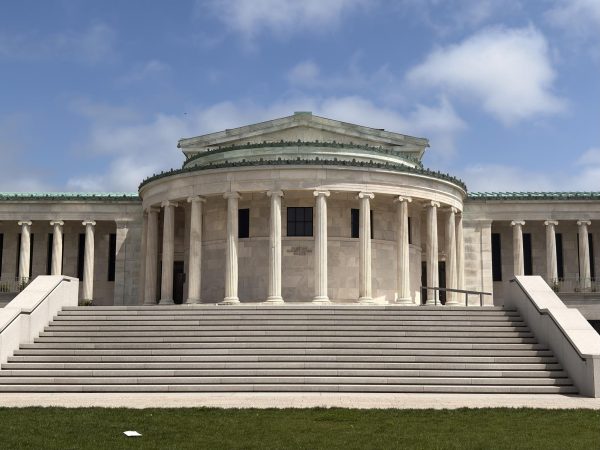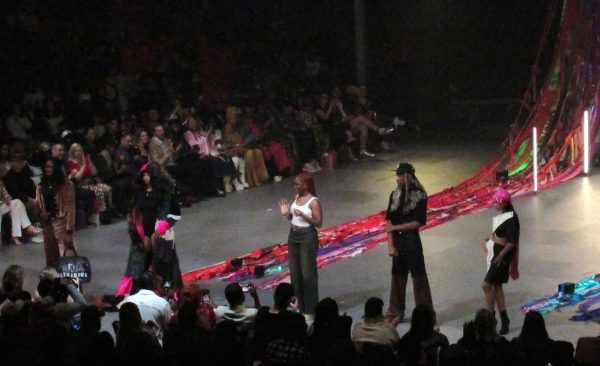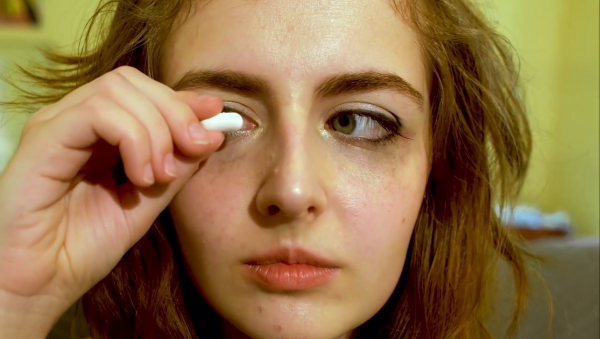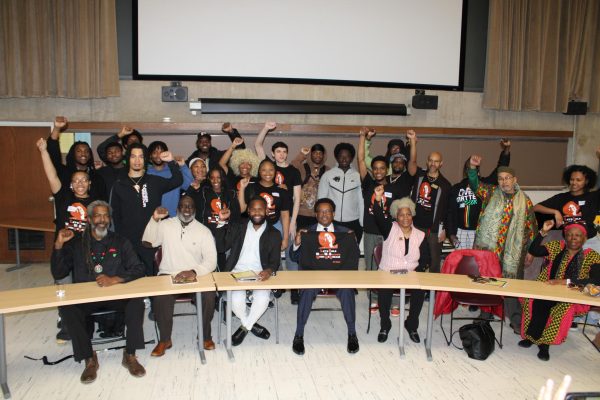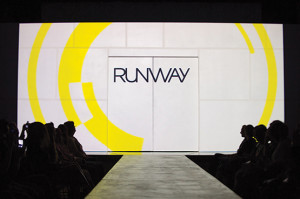Reduce, Recycle, Reuse: ending waste begins with students

Buffalo ReUse is an organization that focuses on reusing and repurposing donated home items, including windows, left, and concrete, right, for unconventional purposes. It urges people to take things that cannot be reused to a recycling center.
Think twice the next time you approach the garbage can.
If you’re throwing away leftovers from lunch, folders full of papers accumulated over the course of a semester, an old cell phone, clothes that no longer fit, cardboard packaging from an online order or even broken glass, you might want to consider the implications.
According to the Environmental Protection Agency, (EPA), the United States generated about 251 million tons of trash in 2012 alone. Factoring in the material that we recycled and composted, our recycling rate was calculated to be 34.5 percent. That raises questions about what happens with the other 65.5 percent of material.
The answer: landfills.
“We have so much stuff,” business services administrative assistant Lauren Bostaph said. “It was really interesting to see the behind-the-scenes of running a college like this; the things that are generated with how many people there are.”
The problem with landfills is not only the physical space they take up, but also the emissions they produce. According to the EPA, in recycling and composting 87 million tons of material in 2012, the U.S. reduced its carbon dioxide emissions by more than 168 million metric tons that year, which is comparable to removing emissions from over 33 million passenger vehicles from the road for a year. Although we produce a substantial amount of greenhouse gasses through our waste, as told by the data, change is achievable.
Recycling and composting sound easy in theory, but many people don’t follow through. Fortunately, there are resources both on campus and in our community that allow us to befriend Mother Nature through an expulsion of minimal effort.
At the very least, we attend and thus support a college that actively recycles and composts. The campus’ effort to reduce waste, titled Evergreen Initiatives, kicked off its composting program last April. Bostaph said the campus composted over 71 tons of material and recycled over 304 tons of material in 2013.
“That’s a lot of stuff that could have wound up in the dumpster that didn’t,” she said.
The composted material – which includes fruits, vegetables, eggshells, pasta, bread and lawn clippings – is processed and used for soil for greenhouses by the Community Action Organization. This nonprofit urban farm grows vegetables out of the composted soil and donates them to local food pantries and food banks, makes them more easily accessible to low-income individuals in the community, and even sells some to restaurants like Oliver’s and Betty’s. The latter, along with selling compost, helps fund their program.
Mike Lee, Community Action Organization’s master gardener, can’t emphasize the benefits of composting enough. Along with feeding the community and reducing landfill material, it produces jobs and generally produces healthier food products.
“It’s a healthy way to build soil,” Lee said. “Most composts have some natural bacteria that do help fight plant disease and that, so it makes less of a need for pesticides on certain vegetables. It’s generally a little bit healthier to take care of our waste rather than to keep throwing it away.”
But there are certain non-compostable items. Meats, oils, dairy products, some seafood and juices won’t find their way into those bins in the dining hall because of hormones, preservatives or the fact they attract vermin. That still leaves room to compost a lot of food.
Unfortunately, composting is not yet as accessible to students as it could be. Bostaph said that she would like to see the initiative extended to the Campbell Student Union, which would in turn allow Buff State to help the community more.
“The biggest thing is, you’re helping to lower the cost for low-income people and make healthy food more accessible to them and more affordable,” Lee said.
Recycling on campus is much more accessible. The bins for paper, plastic, glass, metal and cardboard are all around campus. There are also red bins throughout campus that collect electronic-based waste like batteries, printer cartridges and electronic devices. These bins can be found in residential halls, mail rooms, copier rooms, labs and main offices of departments.
“Recycling is always changing,” Bostaph said. “It’s not just the paper, cardboard, plastic, glass and metal. Initially, that is how it starts, but as you see what’s generated, you start to see different venues for it.”
One of those venues is the “Don’t Throw it Out” program. From 11 a.m.-1 p.m. on May 12-17, students can donate any food, appliances, furniture and other items that they might otherwise throw out at the end of the semester. Commuters can also drop off any items that they may have been meaning to donate, like a bag of clothes from Cheektowaga or a mini-fridge from Hamburg. All items are donated to local nonprofits.
“It’s not that difficult to just coordinate the minds and let people know this is available, and people do it.” Bostaph said. “People naturally want to not throw something out. You just have to give them the opportunity to do it.”
We also have the opportunity to recycle others’ waste. The alternative to buying new items is to reuse items that have already been saved from the fate of a landfill. One place that allows for this is Buffalo ReUse. Located at 296 E. Ferry St., the extensive warehouse is full of items for the smallest project to the largest.
Kitty Lambert-Rudd, executive director of Buffalo ReUse, is a strong believer of keeping American resources within our borders.
“Our grandparents thought that success meant buying disposable things,” she said. “It begins to choke us. It fills our landfills.”
The items at Buffalo ReUse are all donated from the community, even from local institutions. There are actually doors that were once in the Hotel Lafayette available for purchase.
To donate, call ahead of time and come in on a Saturday or Sunday. And while you’re there, you might as well look around. From the pastel-colored sinks and tubs to the sheets of marble and aisles of doors, something is sure to spark a creative bout.
“You get some of the stuff come through and get really excited to save it,” Lambert-Rudd said.
Walk into Buffalo ReUse with an idea, ask for Kitty and leave with a project. She gives advice where she can, and has a lot of ideas for fun little projects. Especially suited for resident college students is the louvered-door-turned-mail-organizer. Lambert-Rudd said that she has seen sororities up-cycle them and use the slots as a way to sort their mail.
For off-campus students, building a patio could be a fast weekend job. Lambert-Rudd instructs to cut into the ground, place bricks in the space, and fill the rest of the hole with sand. Student teachers can appreciate her suggestion for an easy elementary class project: hand prints on tiles to give them a second life. She has also seen artists turn tabletops into mosaics and repurpose old windows for installations.
“It’s a matter of starting,” Lambert-Rudd said, “and the more you do it the better you get at it.”
Want to get involved?
Email Community Action Organization at [email protected] or call 716-846-4410
Email Buffalo ReUse at [email protected] or call 716-578-3782
Email: [email protected]
Twitter: @WulffSamantha


